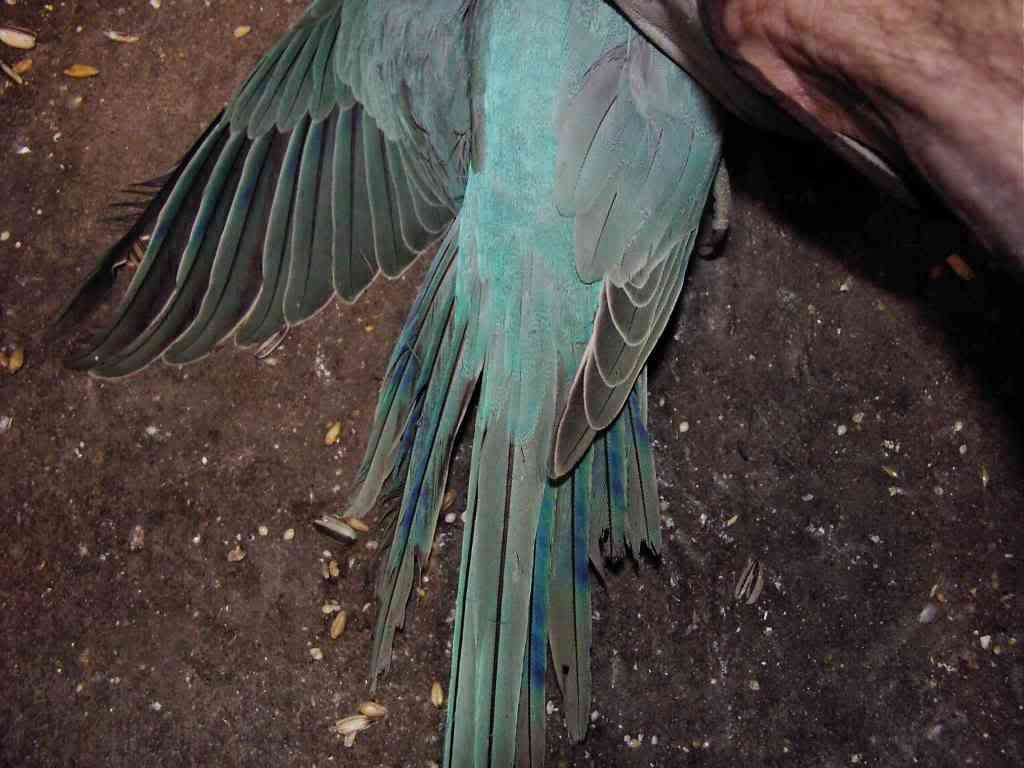Coastal-Birds wrote:Hi all
Can anyone give me some idea on this bird.
Hi again CB,
First time I see this "variation". I guess you have already think about illness, vitamin deficiency, ....
It is one of 3 i have which seem to have dark(cobalt colouring in tail and wings yet the bird otherwise seems to be a normal blue.
It is not clear for me if you have just this bird or if you have 3 with the same features. It could help having a pic of the whole bird, specially wings and head.... Is it a male or a female? How old is it? Has the bird moulted after you keep it?
But let's go to imaging .... could it be some kind of pied related only to wings and tail? Piesd are known to exhibit patches of cobalt / iridiscent colours. How is his/her voice? Is it like the others or something different? How are the legs and nails?
I have not seen this in any blue birds before and as for parents i am not sure as my mother brought them as she noticed this dark blue colouring in them.
Congratulations to you and your mother. My mother would not have made the difference between a canary and an eagle. If you have 3 birds with the same "variation", to me it means that they are brothers/sisters, and if it was a new mutation, it would be more likely dominant than recessif. If I had such birds I would see the outcomes of pairing them to normal blues, and if the "variation' does not appear (recessif) I would do 2 things:
1: To pair back one of the F1 to one parent.
2: To pair two of the "brothers/sisters" showing this "variation". I KNOW THAT WE MUST AVOID INBREEDING, but to me this would be a special case. Do you agree Fah?




